 |
June 29, 2018 Volume 24, Number 26 |
Research and Education |
General Interest |
Network Tools |
Revisited |
In the News |
Research and EducationBack to Top | |
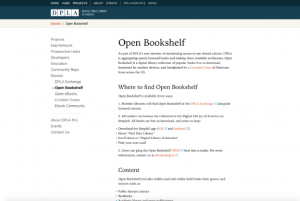 |
|
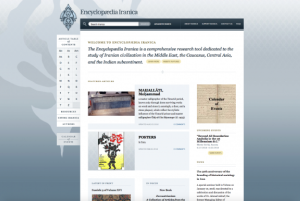 |
|
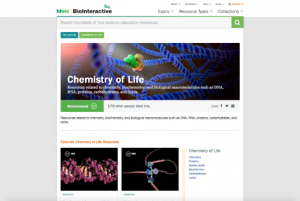 |
|
 |
|
 |
|
 |
|
 |
|
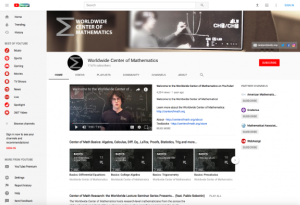 |
|
General InterestBack to Top | |
 |
|
 |
|
 |
|
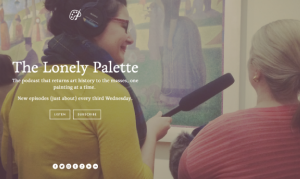 |
|
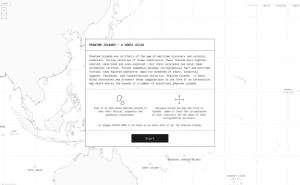 |
|
 |
|
 |
|
Network ToolsBack to Top | |
 |
|
 |
|
RevisitedBack to Top | |
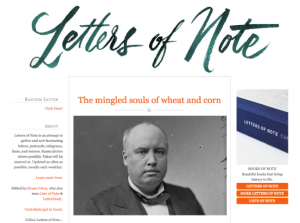 |
|
In the NewsBack to Top | |
1986 Keith Haring Mural Uncovered in Amsterdam | |
|
Giant Keith Haring Mural Revealed Nearly 30 Years After It Was Covered Up Keith Haring Mural in Amsterdam is Uncovered After Nearly 30 Years A Massive Keith Haring Mural, Hidden for 30 Years, Has Just Been Uncovered Meeting the Graffiti Rock Star - An Interview with Mick La Rock at UAF Paris The Keith Haring Foundation Haring Kids In March 1986, Keith Haring traveled to Amsterdam to exhibit his work at the Stedelijk Museum. While at the museum, Haring created two original works. The first was a colorful canopy, which the Stedelijk recently re-displayed in a 2017 exhibition. In addition, Haring created a mural to adorn a brick wall of the museum's storage facility. However, after the Stedelijk relocated in 1989, the storage facility was converted into a cold-storage facility. In the process, a layer of aluminum paneling was added to the building, obscuring the mural for nearly thirty years. Last year, graffiti artist Aileen Middel, inspired by a photograph she found of the original mural, launched an effort to get the mural uncovered. To do so, Middel teamed up with the Keith Haring Foundation, the Stedelijk, and street artist Olivier Varossieau. As a spokesperson for the Keith Haring Foundation noted, "it was a very large undertaking requiring a great deal of lobbying and red tape from many people to get the cladding to come off" so that the mural could be restored. Will Shank and Antonio Rava, who have previously worked to restore other Haring murals in Pisa and Paris, will be restoring the Amsterdam mural. In contrast to the vibrant canopy Haring created at the Stedelijk, this mural, which portrays a creature with a dog-like face and fish-like fin, was created with just white paint. The mural was uncovered, at last, on June 18. Middel commented, "You can't imagine when the first pieces of cladding came off, and you see the first stripes of Haring's painting appear. Hey, we have a Haring!" [MMB] The first three links take readers to three articles about the uncovered mural. These articles were authored by Benjamin Sutton of Hyperallergic, Annalisa Quinn of The New York Times, and Katherine McGrath of Architectural Digest. Readers interested in learning more about Aileen Middel (the artist who led the campaign to uncover Haring's mural) can check out an interview with the Dutch graffiti artist through the fourth link. Moving along, the fifth link takes readers to the Keith Haring Foundation, which allows visitors to learn more about the artist's life and explore the artist's work chronologically. Finally, educators, youth workers, and caregivers may be interested in Haring Kids, which contains dozens of lesson plans and activities for young learners. | |





